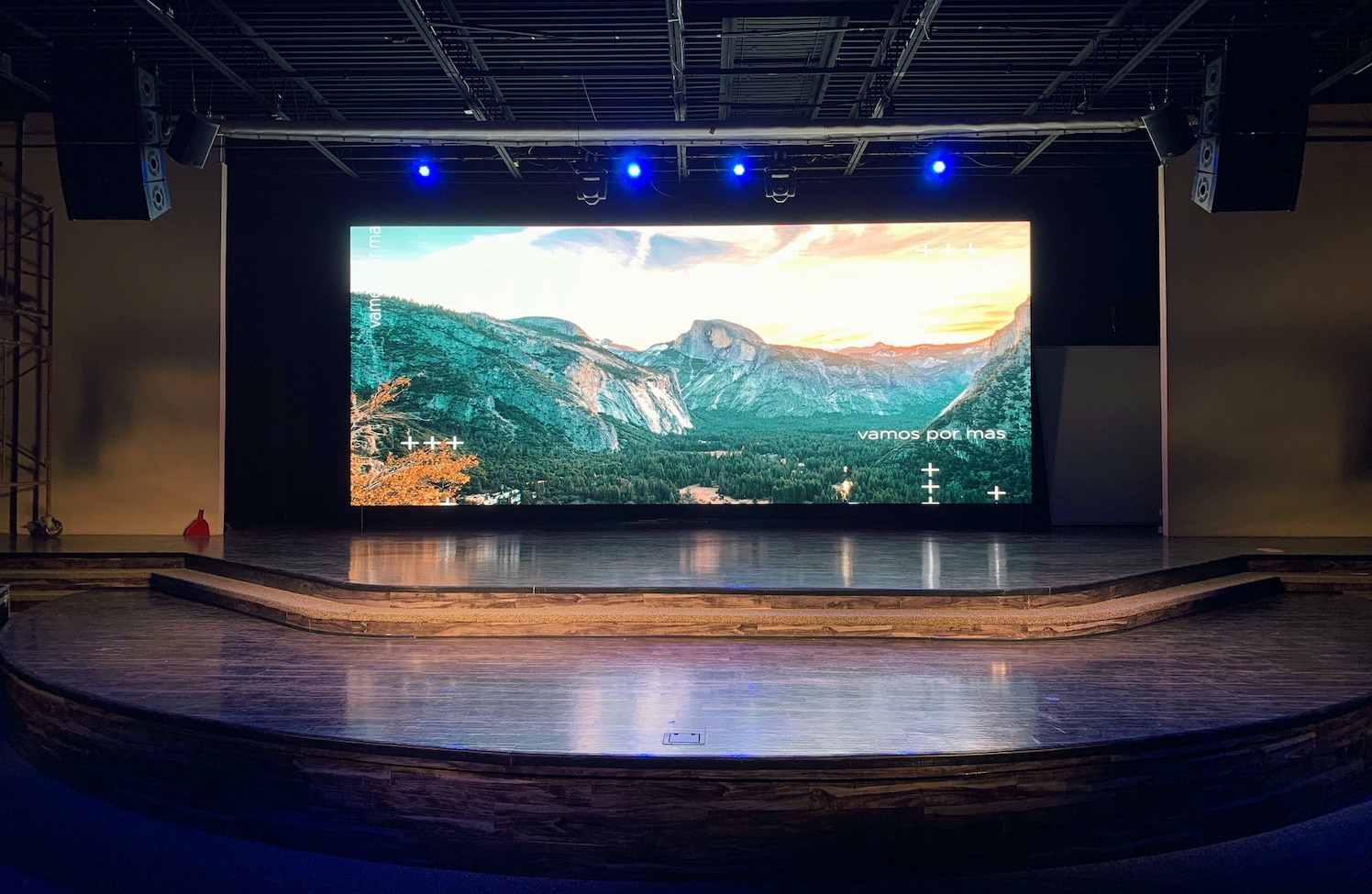Explaining Luminescent Panel Screen Brightness Evaluations aiming at Optimal Display Functionality
Explaining Luminescent Panel Screen Brightness Evaluations aiming at Optimal Display Functionality
Blog Article
Light Emitting Diode panel panels are increasingly popular in various settings, including residences and commercial spaces as well as public areas. These panels tend to be known due to the bright and dynamic visuals, that make these suitable to communicating data, ads, and entertainment. Nevertheless, comprehending brightness illumination levels for LED wall panels remains crucial to guaranteeing ideal visual performance. Illumination can be quantified in metrics known as candelas, which indicate the amount of light is emitted from the screen. A higher the number of nits, the more luminous the display is. For instance, instance, one panel with one thousand candelas stands considerably more vivid compared to one with 500 candelas, making it better equipped in brightly lit settings.
As you choosing a LED wall panel, it becomes important in consider the environment in which it will be used. In well-lit illumined areas, such as retail environments and open-air locations, higher increased luminosity level becomes necessary to ensure visibility. Conversely, in darker environments, like cinemas and conference rooms, lower diminished illumination rate might be adequate. This is because excessive brightness in a dark environment can lead to discomfort for the audience, causing them more difficult for focus on the display. Therefore, understanding specific particular requirements for the setup site can help in choosing the right brightness level for optimal viewing experience.
Another crucial element for take into account is contrast differential proportion in an Light Emitting Diode wall screen. This ratio measurement indicates how much disparity exists between the brightest most luminous white and the darkest black shade which a screen can produce. A higher differential ratio indicates that the display is capable of present greater clarity as well as richness, thereby enhances overall visual quality. For instance, a screen boasting an differential proportion at ten thousand to one is able to show click here to read visuals featuring greater brilliant colors and sharper details than a featuring a proportion of 1,000:1. This is particularly important in instances where showing visuals and videos that require high clarity and detail, including slideshows and promotional content.
Moreover, the mechanism that drives Light Emitting Diode panel screens plays a crucial part for the brightness as well as total efficiency. Various types of LED technologies, such as Organic Light Emitting Diode as well as LCD, possess unique characteristics that affect the way luminosity is experienced. OLED panels typically provide better differential and deeper shades, thereby may improve a viewing experience in dim environments. On the other hand, traditional Light Emitting Diode screens may be more suitable in well-lit environments due to the capacity for produce higher levels in illumination. Understanding these technological differences can help consumers to deciding led stage backdrops on informed choices based on specific individual needs.
Finally, regular maintenance as well as calibration of Light Emitting Diode panel panels may assist maintain optimal brightness and performance long-term. Dirt and dirt may accumulate on a screen, affecting the brightness and sharpness of the visual. Regular cleaning as well as expert calibration may ensure that the panel operates in top best, offering uniform image quality. Additionally, certain advanced LED wall screens feature with integrated features that enable operators for adjust brightness settings and color adjustments according to their wants. By taking such steps, operators can ensure the their LED panel panels provide the best visual performance, regardless of the setting in which these are used.